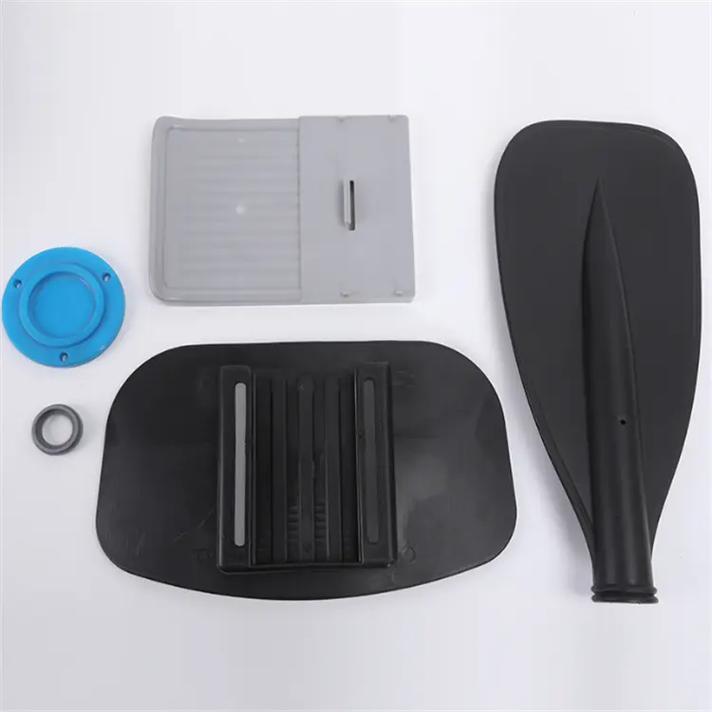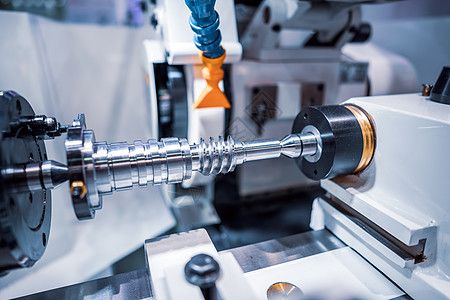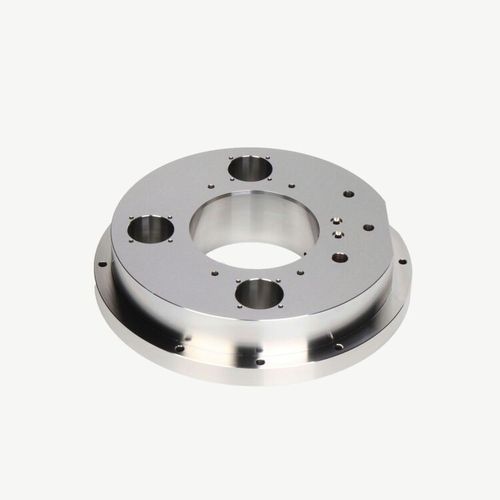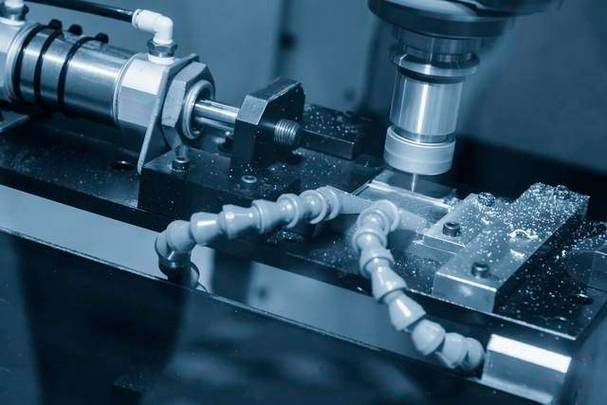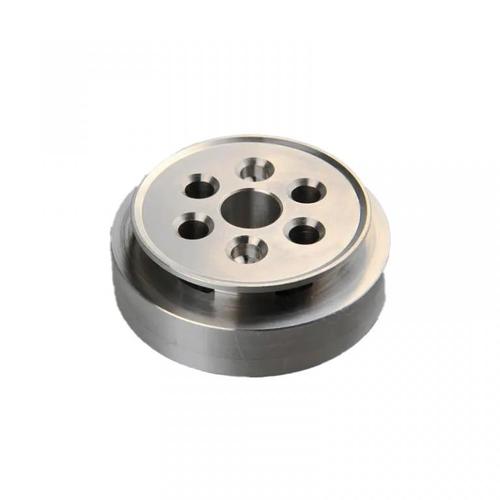Plastic molding is a manufacturing process that shapes molten plastic into predefined forms using molds. It converts raw plastic materials (pellets, granules) into finished parts by heating, melting, and injecting or pressing the plastic into a mold cavity, where it cools and solidifies. This method enables mass production of complex, consistent plastic components, widely used across industries for its efficiency and versatility.
Detailed Analysis of Plastic Molding
1. Core Technologies
Plastic molding relies on key technologies tailored to different methods:
- Heating & Melting Systems: Extruders or barrels with heaters (150–300°C) melt plastic pellets. Screw mechanisms in injection molding machines mix and push molten plastic (melt flow index 1–100 g/10min) into molds.
- Mold Design: Molds (typically steel or aluminum) feature cavities mirroring the part’s shape. They include vents to release air, runners to channel plastic, and cooling channels to accelerate solidification.
- Pressure Control: Injection molding uses high pressure (500–2000 bar) to force plastic into intricate mold details. Compression molding applies lower pressure (100–500 bar) for thicker parts.
- Cooling Systems: Water-cooled channels in molds reduce cycle times by solidifying plastic quickly—critical for mass production, where faster cooling boosts output.
2. Manufacturing Process
While processes vary by method, a general workflow applies:
- Material Preparation: Plastic pellets (e.g., PP, ABS) are dried to remove moisture (critical for avoiding defects like bubbles). Colorants or additives (UV stabilizers, fillers) may be mixed in.
- Melting: Pellets are fed into a heated barrel, melted by friction and heaters, and homogenized into a viscous fluid.
- Molding: Molten plastic is injected, pressed, or blown into a closed mold cavity. For injection molding, the plastic fills the cavity under high pressure; for blow molding, air pressure expands the plastic against the mold walls.
- Cooling & Ejection: The mold cools the plastic until it solidifies (10–60 seconds, depending on part thickness). The mold opens, and ejector pins push the part out.
- Finishing: Excess material (flash) is trimmed. Secondary steps like painting or assembly may follow, but minimal finishing is needed due to mold precision.
3. Materials Used
Plastic molding works with thermoplastics and thermosets:
- Thermoplastics: PP (polypropylene), ABS (acrylonitrile butadiene styrene), PE (polyethylene), and PVC (polyvinyl chloride). They melt when heated and solidify when cooled, allowing recycling.
- Thermosets: Epoxy, phenolic, and silicone. These cure irreversibly under heat/pressure, creating rigid, heat-resistant parts (e.g., electrical insulators).
- Elastomers: TPE (thermoplastic elastomers) and rubber-like plastics, used for flexible parts (e.g., gaskets, O-rings) via injection molding.
4. Types of Products Produced
Plastic molding creates a vast array of items:
- Injection Molding: Small, complex parts like smartphone cases, medical syringes, and gear components.
- Blow Molding: Hollow items such as plastic bottles, fuel tanks, and toys.
- Compression Molding: Thick, durable parts like automotive dashboards, electrical enclosures, and dishwasher racks.
- Extrusion Molding: Continuous shapes—pipes, tubing, and window frames—produced in long lengths.
5. Key Applications & Industries
Plastic molding is integral to numerous sectors:
- Automotive: Producing interior parts (dashboards, door handles), under-hood components (reservoirs, connectors), and lightweight structural parts (reducing vehicle weight).
- Packaging: Creating bottles, containers, and caps via blow or injection molding, with customizable shapes for branding.
- Medical: Manufacturing sterile, single-use items (syringes, IV components) and durable devices (surgical tool handles) from biocompatible plastics.
- Consumer Goods: Toys, kitchenware (plastic bowls, spatulas), and electronics (TV bezels, charger housings) benefit from low-cost, high-volume production.
- Construction: Pipes, fittings, and insulation via extrusion molding, valued for plastic’s corrosion resistance and low maintenance.
6. Common Scenarios & Advantages
Plastic molding excels in scenarios such as:
- High-Volume Production: Making 10,000+ identical parts (e.g., water bottles) cost-effectively, as mold costs are spread over large runs.
- Complex Geometries: Producing parts with undercuts, threads, or hollow sections (e.g., automotive fuel lines) that CNC machining can’t replicate efficiently.
- Material Versatility: Using flexible (TPE) or rigid (ABS) plastics, or mixing materials (e.g., overmolding soft rubber grips onto hard plastic tools) in one process.
- Cost Efficiency: Lower per-unit costs for large batches compared to CNC machining, as labor and material waste are minimized.
Limitations include high initial mold costs (thousands of dollars) and longer lead times for mold fabrication, making it less suitable for small-batch or prototype production. However, its ability to mass-produce complex parts makes it indispensable in modern manufacturing.
In summary, plastic molding transforms raw plastic into functional, consistent parts across industries, leveraging mold precision and material flexibility to meet diverse design needs.



